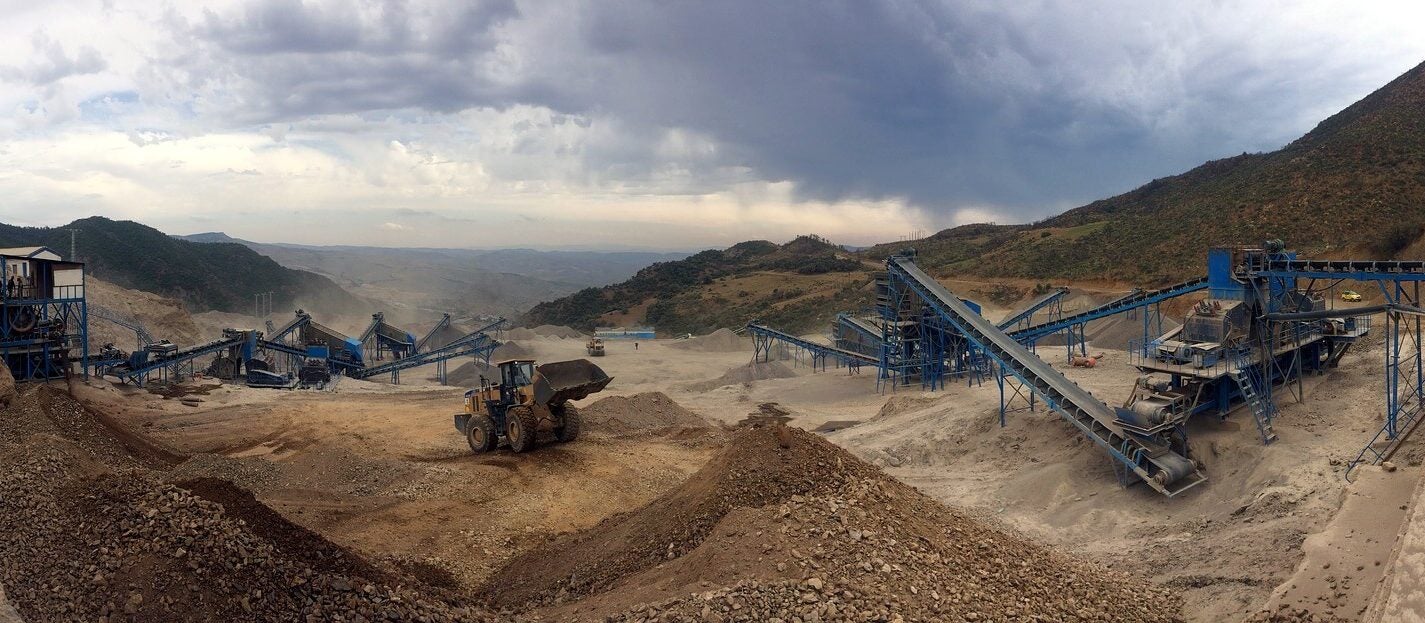MSHA Powered Haulage Equipment Safety Guidance
Safety in mining operations demands constant vigilance and adherence to best practices, particularly when it comes to powered haulage equipment. With its inherent risks, this equipment requires careful management to protect lives and maintain efficient operations.
GET IN TOUCH
Contact us now for expert advice, an immediate quote and same-day shipping
Contact us
Powered haulage equipment poses unique challenges, from limited visibility to complex traffic management. To address these risks, the Mine Safety and Health Administration (MSHA) provides detailed guidance aimed at preventing accidents and fostering safer working environments.
Powered haulage accidents continue to be a leading cause of fatalities in the mining industry, with recent data highlighting their significant impact on miner safety. As powered haulage incidents account for a large proportion of mining-related deaths, the Mine Safety and Health Administration (MSHA) emphasizes the importance of adopting proactive safety measures to mitigate these risks. Ensuring compliance with MSHA’s powered haulage regulations and leveraging advanced technologies is critical to protecting lives and maintaining safe operations.
Understanding Powered Haulage Safety Risks
Powered haulage equipment encompasses haul trucks, service vehicles, belt conveyors, and other machinery used in surface and underground mines. These machines pose various risks, including limited visibility, poor communication, traffic hazards, and equipment malfunctions. According to MSHA, powered haulage incidents have historically accounted for a significant portion of mining fatalities and injuries.
MSHA’s Key Safety Recommendations
MSHA’s safety guidance provides actionable steps to mitigate risks across different areas of mining operations:
Improving Visibility
- Blind spots are a common issue in large haulage trucks and other heavy equipment.
- Best practices include:
- Using strobe lights, high-visibility flags, or flexible whip antennas on smaller vehicles.
- Installing cameras and proximity detection systems to alert operators of nearby hazards.
- Training miners to recognize and avoid blind areas.
Enhancing Communication
- Establish protocols for clear and consistent communication between operators and workers.
- Use radios, hand signals, or visual cues to confirm movements and positions.
- Ensure high-visibility clothing is worn at all times.
Traffic Management
- Develop and maintain well-designed haul roads with proper signage, berms, and guardrails.
- Implement traffic control plans, including designated routes and speed limits based on road conditions.
- Train workers to stay within safe zones and avoid reversing equipment when possible.
Seat Belt Use
- Mandate the use of seat belts to protect operators during rollovers or collisions.
- Regularly inspect seat belts and replace worn components.
Conveyor Safety
- Install guards to protect against contact with moving conveyor parts.
- Follow lockout/tagout procedures during maintenance.
- Provide safe access points and maintain clean walkways around conveyor systems.
Learn more: Robust and Reliable Conveyor Belt Systems for Mines and Tunnels
Pre-Operational Inspections
- Conduct thorough inspections of equipment before each shift to identify and address potential hazards.
- Ensure only trained personnel perform these checks.
New Regulatory Requirements: Safety Program for Surface Mobile Equipment
In January 2024, MSHA introduced a rule requiring mine operators with six or more miners to develop a written safety program for surface mobile equipment. The program must:
- Identify hazards and outline risk mitigation strategies.
- Be updated regularly based on site conditions and feedback.
- Engage miners and their representatives in its development.
Compliance with this rule is mandatory by July 2024, emphasizing the importance of tailored, site-specific safety measures.
How Carroll Technologies Can Help
Carroll Technologies is a trusted partner in mining safety, providing cutting-edge solutions to meet MSHA’s safety standards and enhance overall mine safety. Key offerings include:
- Proximity Detection and Collision Avoidance Systems
- Safety Signage and Traffic Management Tools
- High-visibility signage, custom safety signage, strobe lights, Buggy Whip safety antennas, and audible warning systems to improve visibility and communication.
- Communication Systems
- Reliable radio systems designed for clear and consistent communication in challenging mining environments.
- Comprehensive Training Programs
- MSHA-compliant training courses to educate miners on safe practices and proper equipment use.
- Equipment Tracking Solutions
- Real-time tracking systems to monitor personnel and equipment locations.
- Repairs and maintenance services to ensure compliance with MSHA’s pre-operational inspection requirements.
Practical Steps to Ensure Compliance
To align with MSHA’s safety guidance and new regulations, mine operators should:
- Develop Comprehensive Safety Programs: Include hazard assessments, proximity detection systems, and communication protocols.
- Invest in Technology: Adopt advanced solutions like collision avoidance systems and real-time tracking tools.
- Regularly Train Workers: Conduct ongoing training to reinforce safety practices and operational knowledge.
- Collaborate with Experts: Partner with Carroll Technologies to tailor safety solutions to your site’s needs.
Get in Touch
Powered haulage safety is critical to protecting lives and ensuring operational efficiency in mining. Carroll Technologies is here to support your compliance with MSHA’s guidance while enhancing the safety of your operations. Contact us for expert advice, tailored solutions, and same-day equipment shipping.
Contact us via Live Chat, Email, or Call: 606-573-1000.
GET IN TOUCH
Contact us now for expert advice, an immediate quote and same-day shipping
Contact us
Our guarantees
- Same-day dispatch
- 24/7 support
- Authorized repair facilities
- MSHA approved
- Endorsed by manufacturers

